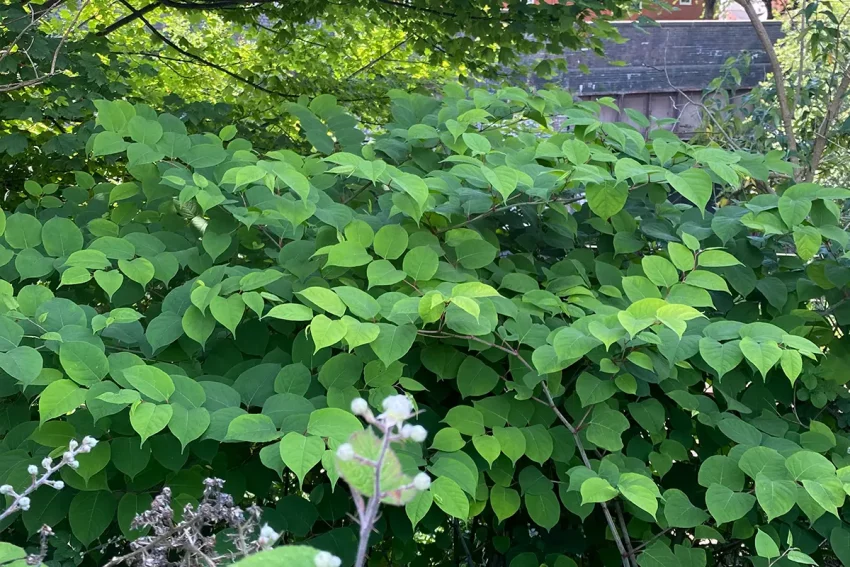Knotweed, a notorious invasive plant species, has earned its reputation as one of the most challenging to control and eradicate. Often mistaken for other plants, accurate identification is crucial for effective management. In this blog post, we will provide you with essential tips to help you identify knotweed accurately and prevent its spread.
What is Knotweed?
Knotweed, scientifically known as Fallopia japonica, is a group of invasive plants that belong to the Polygonaceae family. There are several species of knotweed, including Japanese knotweed, Giant knotweed, and Bohemian knotweed, all of which share similar characteristics.
Knotweed is known for its rapid growth, aggressive spreading, and the potential to damage infrastructure, disrupt ecosystems, and reduce property values. To learn more about knotweed and its management in the UK, visit knotweeduk.com.
● Leaf Characteristics
One of the most distinctive features of knotweed is its large, heart-shaped leaves. These leaves are typically about 6 inches long and 4 inches wide, but they can vary in size slightly among different species. The leaves have a smooth, flat surface and are arranged alternately along the stem. Look for leaves that have a deep green color and a prominent, zigzagging venation pattern.
● Stem Characteristics
Knotweed stems are hollow, jointed, and resemble bamboo in appearance. The stems can grow up to 10 feet tall or more, and they often have a reddish-purple hue. A key identifying characteristic is the presence of swollen nodes or joints along the stem, which resemble small knuckles. These joints give the plant its distinct segmented appearance.
● Flowers
Knotweed typically produces small, inconspicuous flowers that grow in clusters at the tips of the stems. The flowers are usually white or pale green in color and have a somewhat spiky appearance. They bloom in late summer to early fall, making them more noticeable during this period. However, focusing solely on the flowers for identification can be challenging, as they may resemble those of other plants.
● Growth Habit
Knotweed has a robust and aggressive growth habit. It forms dense thickets and spreads rapidly, outcompeting native vegetation. Its growth can be so aggressive that it can penetrate asphalt, concrete, and building foundations, causing structural damage. Look for areas with dense, tall, and bamboo-like vegetation as potential knotweed habitats.
● Rhizomes
One of the most reliable ways to identify knotweed is by examining its rhizomes. Rhizomes are underground stems that spread horizontally and produce new shoots and roots. Knotweed rhizomes are thick, fleshy, and often reddish-brown. They can grow deep into the soil and are notoriously resilient, making them difficult to eradicate.
● Seasonal Changes
Knotweed undergoes significant changes throughout the seasons. In spring, the plant emerges with small red shoots that quickly grow into tall stems with leaves. As summer approaches, the leaves become larger and more prominent. By late summer, the inconspicuous flowers appear. During fall, the leaves turn yellow and eventually brown, signaling the end of the growing season.
● Comparison with Similar Plants
To avoid misidentifying knotweed, comparing it with similar-looking plants is essential. Some plants, such as bindweed and smartweed, may resemble knotweed at first glance. However, bindweed has narrower leaves and a twining growth habit, while smartweed lacks the jointed stems and typically has elongated leaves. Take the time to study the differences and become familiar with other invasive species in your region.
Conclusion
Accurate identification of knotweed is essential for effective management and control. You can confidently identify knotweed in the field by paying attention to leaf characteristics, stem features, flowers, growth habits, rhizomes, and seasonal changes.
Remember to consult local resources and experts if you’re unsure about the presence of knotweed in your area, as early detection and action are crucial to preventing its spread and mitigating its impact on the environment and infrastructure.

